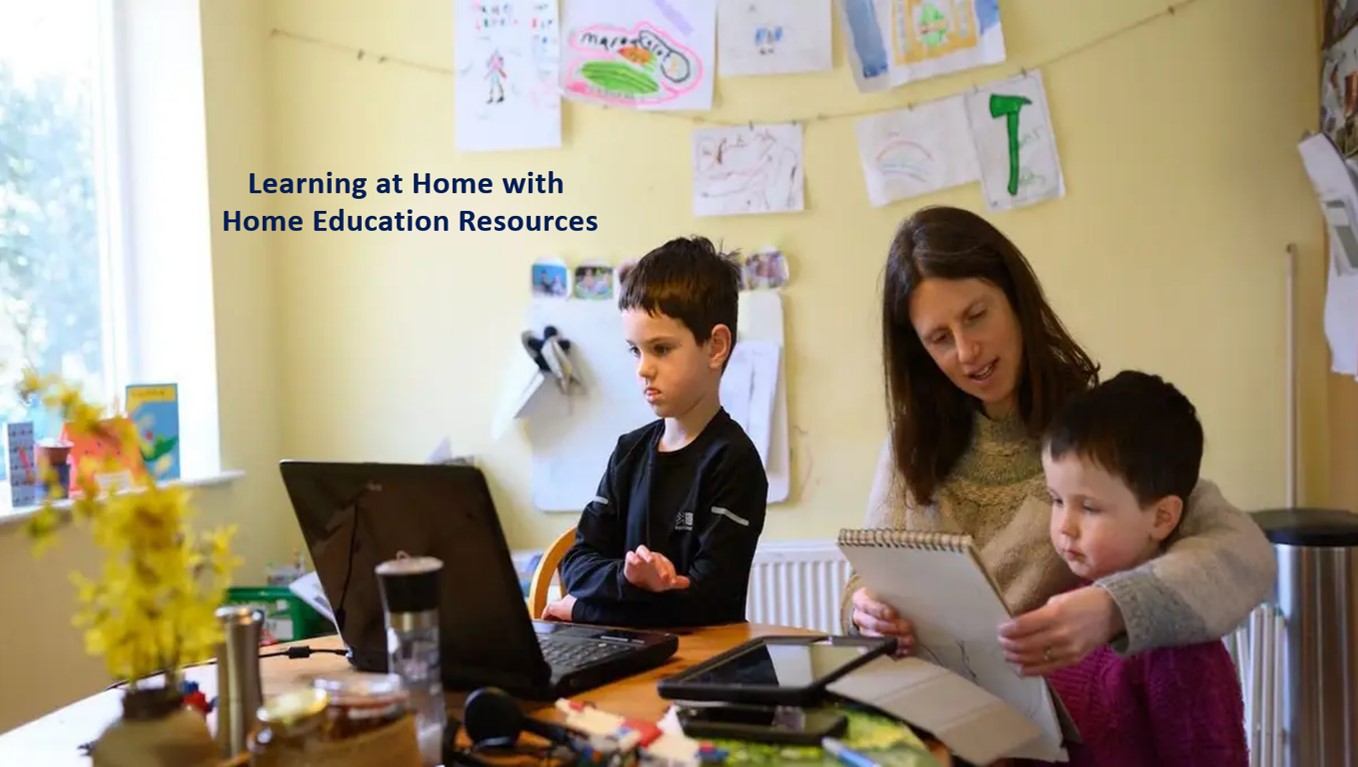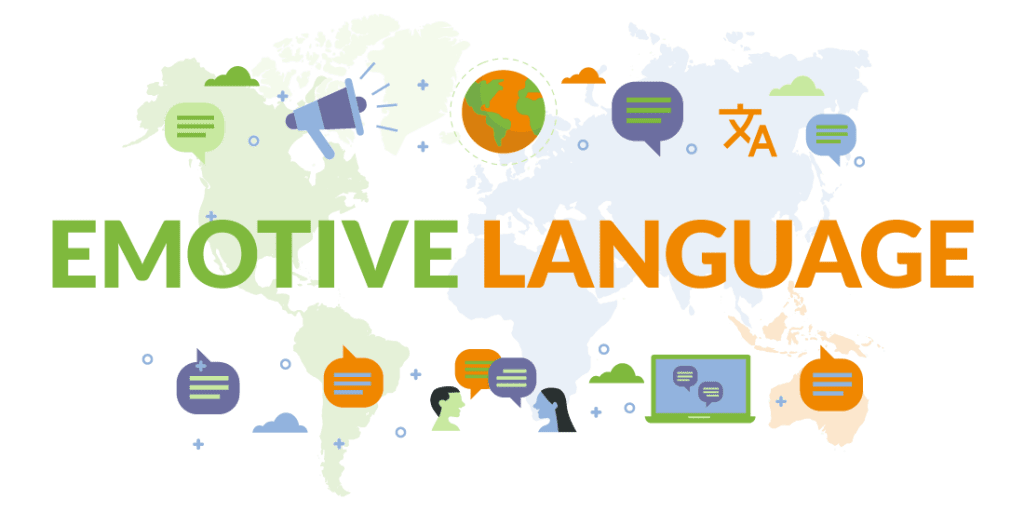Learning at home with home education resources
Home-based learning:
Increased access to educational resources and the changes in the lifestyles of people made Home learning a common practice. Home learning is not just for any particular age group or for any particular segment of learners, at any level and for any age of learners, home learning is feasible. Home learning has made learning a continuous process, people at any phase of life, now can succumb to home learning as a part of their learning exercise. Home learning offers flexibility to learn when you want and is affordable too when compared with traditional educational systems.
For children, home learning is a productive exercise. A home is a fantastic place for learning things since they will be learning things in the most comfortable place for them (Lehrl et al., 2020). There are home-based education resources available for kids for learning things like math, science, social, languages, and so forth. Since home normally will be a more convenient and pleasant place for kids, it can stimulate their learning experience, by availing right education resources.

Education resources
Digital connectivity transformed the profile of the learning experience. There are numerous educational resources available, which can let kids and students learn things from home. These resources are versatile and their application scope is very wide. Almost all domains of learning can be accomplished through the resources available online. Apart from websites, it is also possible for kids and students to use resources like activity sheets, books, videos, toys, and tools for learning at home. Home learning, through the availability of online resources, has become much wider and individuals of all ages and course levels can now learn from home. Essentials of learning are now available for students in the form of resources for all levels.
Home works and Assignments for home learning
Facilitators in schools are providing now a range of assignments and homework, which can be done with the resources accessible at home. Teachers can assess the student’s performance by evaluating their performance and learning efforts kept beyond the classrooms. Diverse government agencies have promoted resources to let children and students learn things through more interactive resources and knowledge imparting.
During the recent pandemic (Andrew et al.,2020), home learning and its versatility of the same is proven. Home learning activities will augment the learning experience of students.
Benefits of home learning
Home learning is useful for those students and children, who do not have access to school. For instance, if the home is located, far away from the educational institutes, home learning can be an option to rely on. Kids and Children, as will be learning things while sitting comfortably in their homes, and they can learn things more and more conveniently. It is an affordable means of learning and will not cost much like traditional university set-ups. There will no limitation on the number of choices that the students can have through home learning mode. They need not just limit the courses and the programs available in the educational institute.
Home learning is highly flexible and one can select their timings for learning. Home learning will provide an opportunity for the students to groom their careers, they can able to take up ownership of their life and professional growth by themselves. They will learn to make networking and avail resources necessary for their growth through the home learning process. Students through networking in the home learning process can get exposed to experiences, which are not seen in the traditional educational set-up and learning process.
References
Andrew, A., Cattan, S., Dias, M. C., Farquharson, C., Kraftman, L., Krutikova, S., ... & Sevilla, A. (2020). Family time use and home learning during the COVID-19 lockdown (No. R178). IFS Report.
Lehrl, S., Evangelou, M., & Sammons, P. (2020). The home learning environment and its role in shaping children’s educational development. School Effectiveness and School Improvement, 31(1), 1-6.



